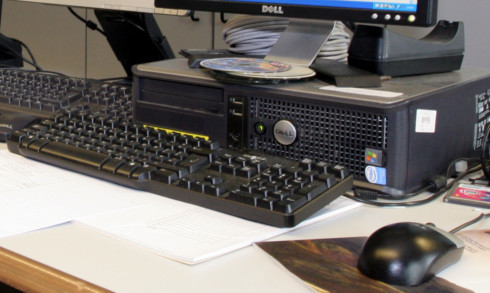Almost half of parents do not feel their children are safe when using social networking, according to a survey.
Child welfare charity Children 1st carried out the questionnaire to mark Safer Internet Day.
The charity’s Do One Thing Today initiative is designed to make parents more vigilant and help them learn how to keep their children safe from dangers such as internet “grooming” and cyber-bullying.
The survey showed 50% of parents asked had no parental controls set up on computers, smartphones and other home devices capable of internet access, with the most common reason for failing to do so being that they “didn’t think they needed to”.
Two-thirds (67%) said they do not think privacy settings are necessary on social networking sites, but 48% admitted they felt their child was “not safe” when using them.
More than a quarter of respondents (28%) said they wished they knew more about the devices their children use so they could limit potential hazards.
Anne Houston, chief executive of Children 1st, said: “We believe it’s everybody’s responsibility to protect children.
“As part of that, it’s crucial that parents and carers educate themselves about mobile technology and online communities.”
